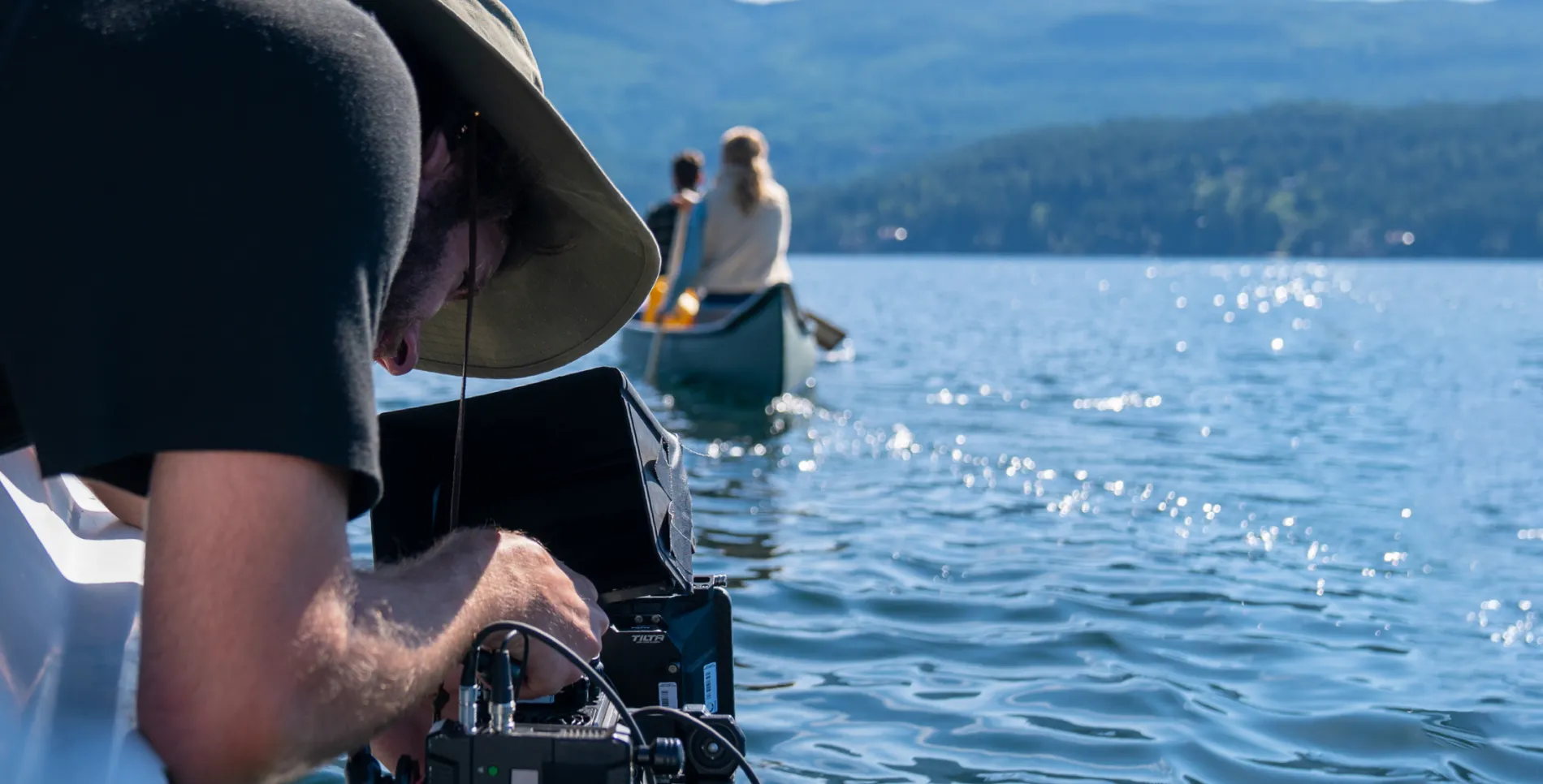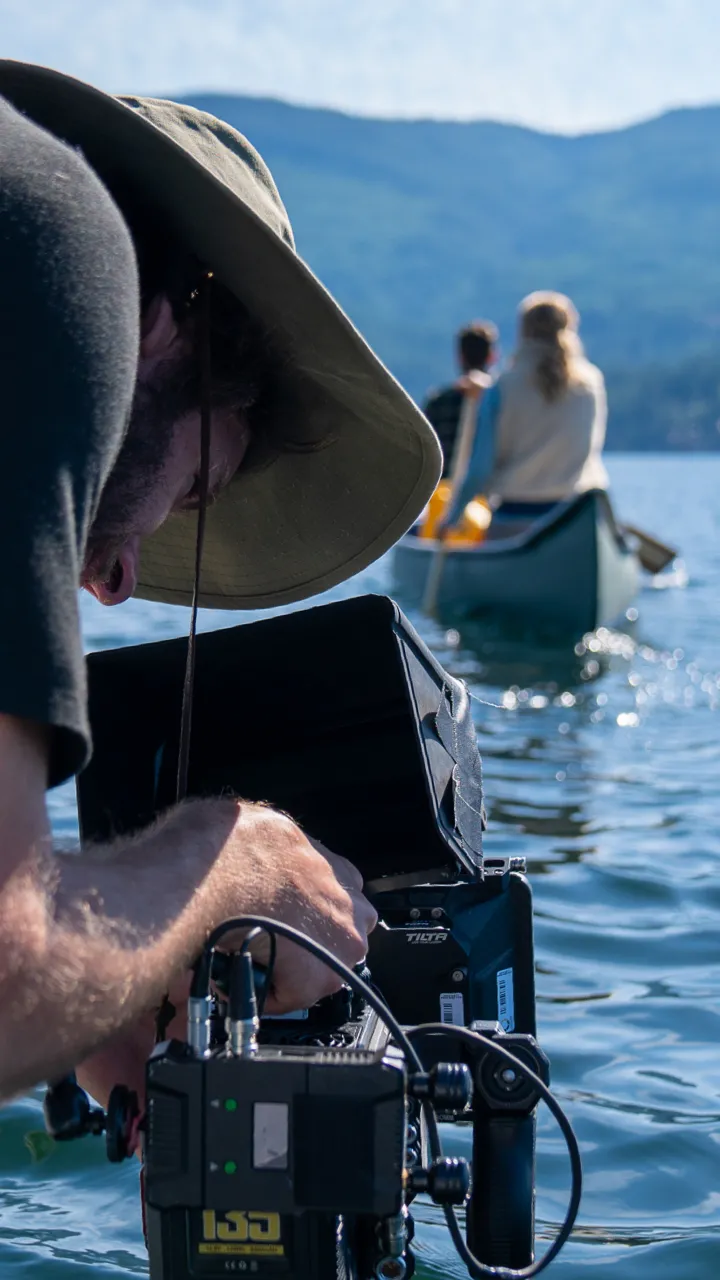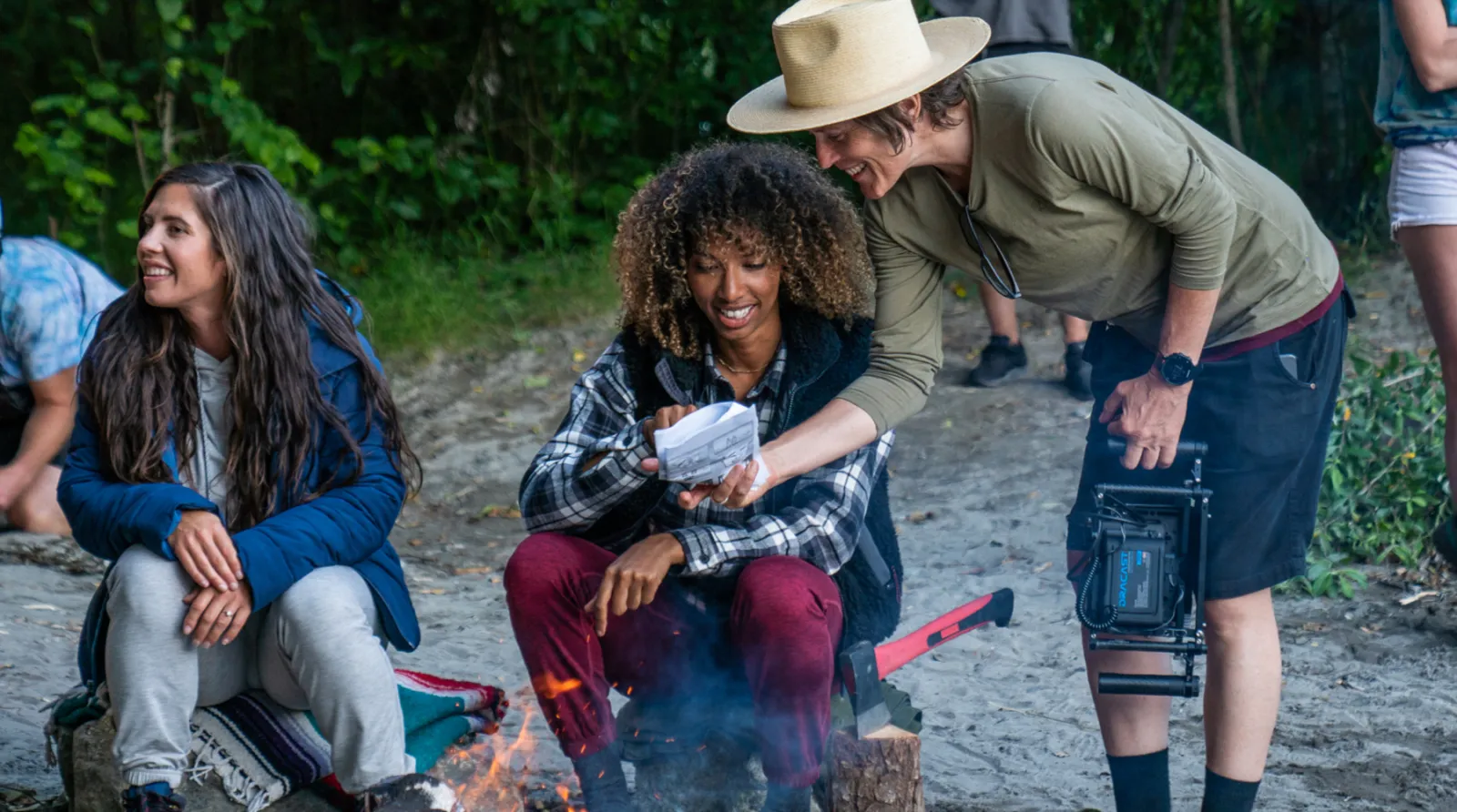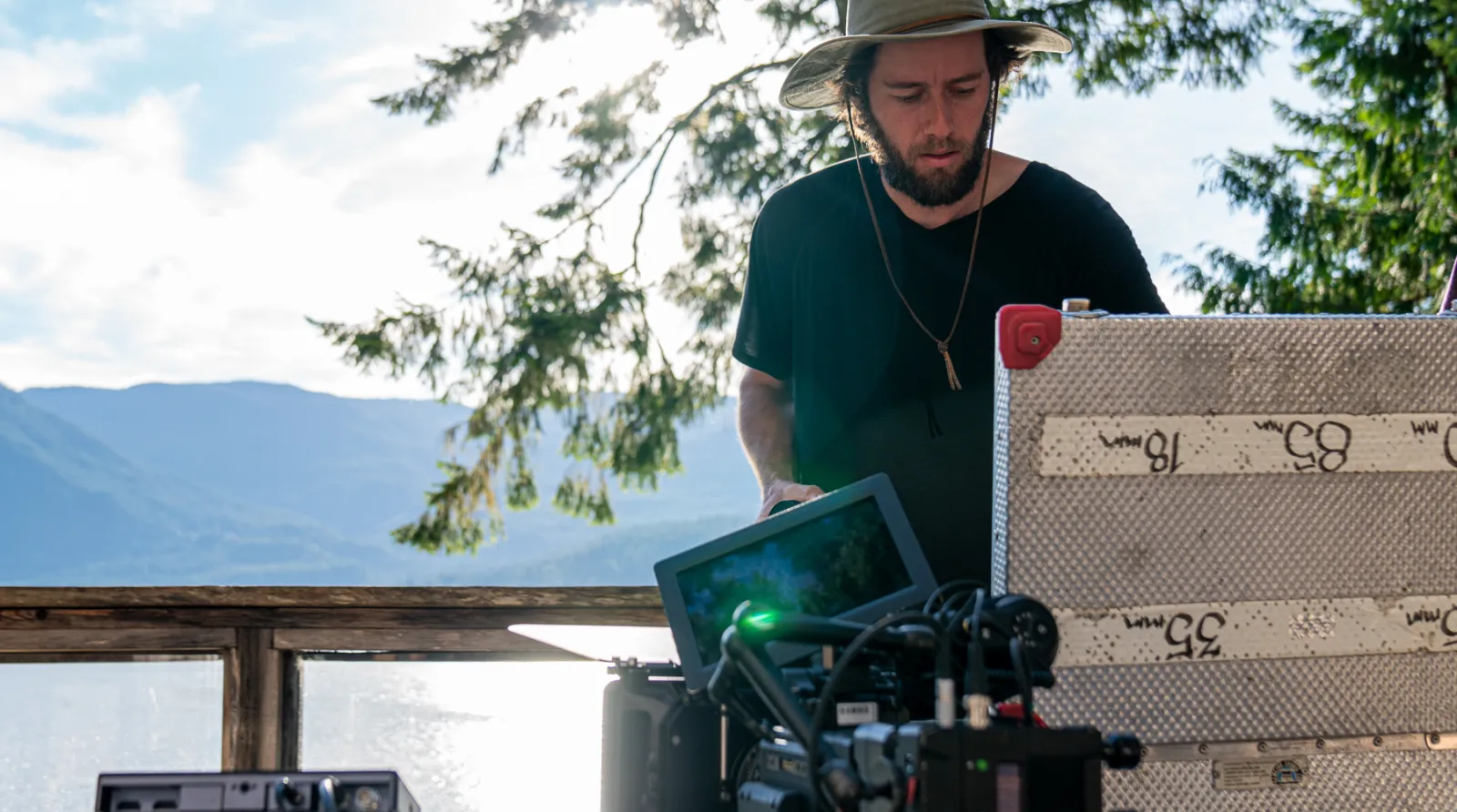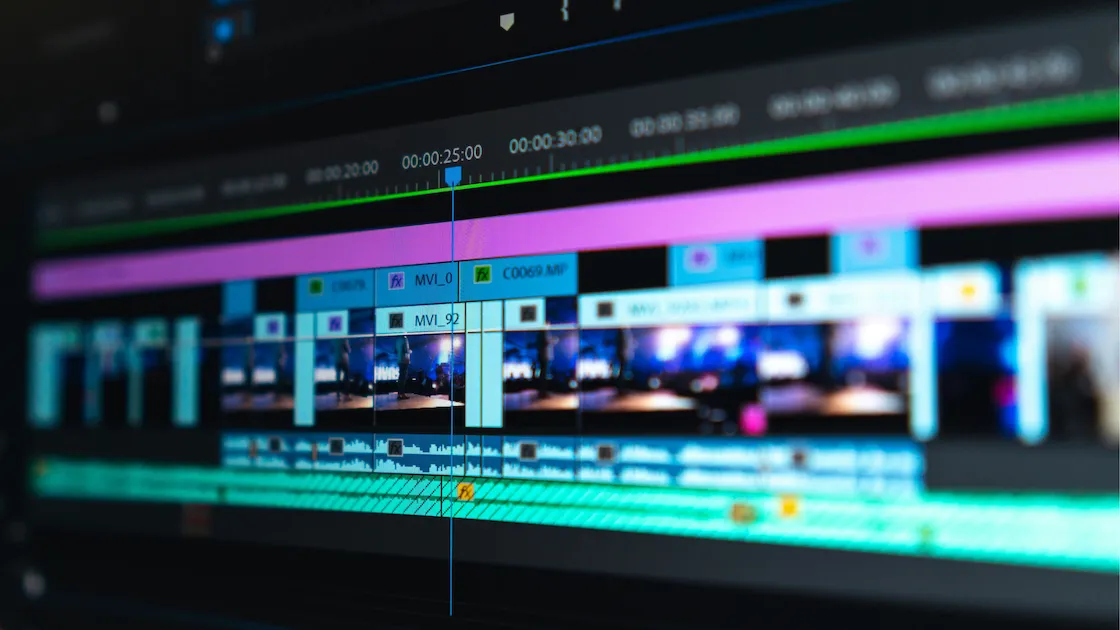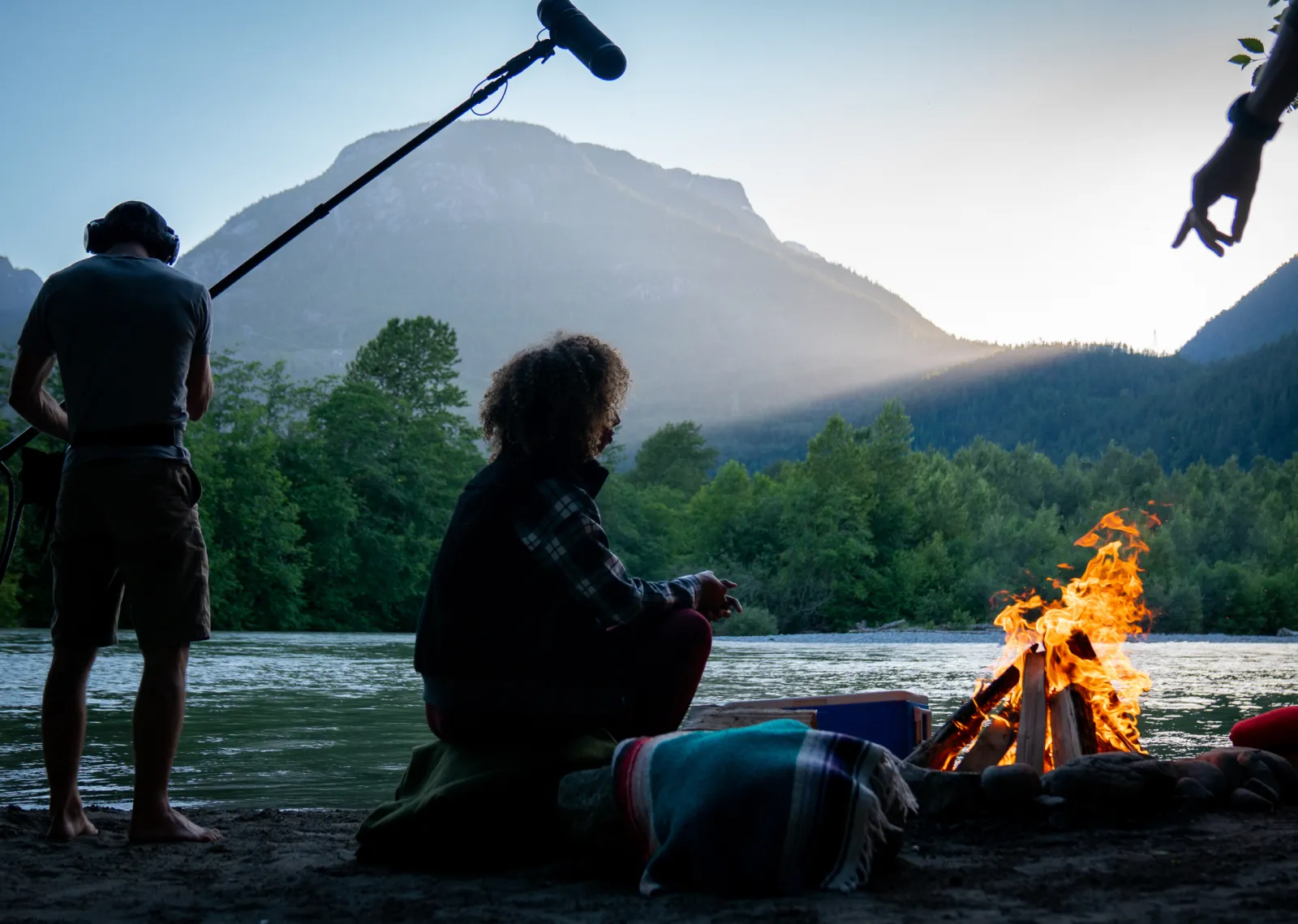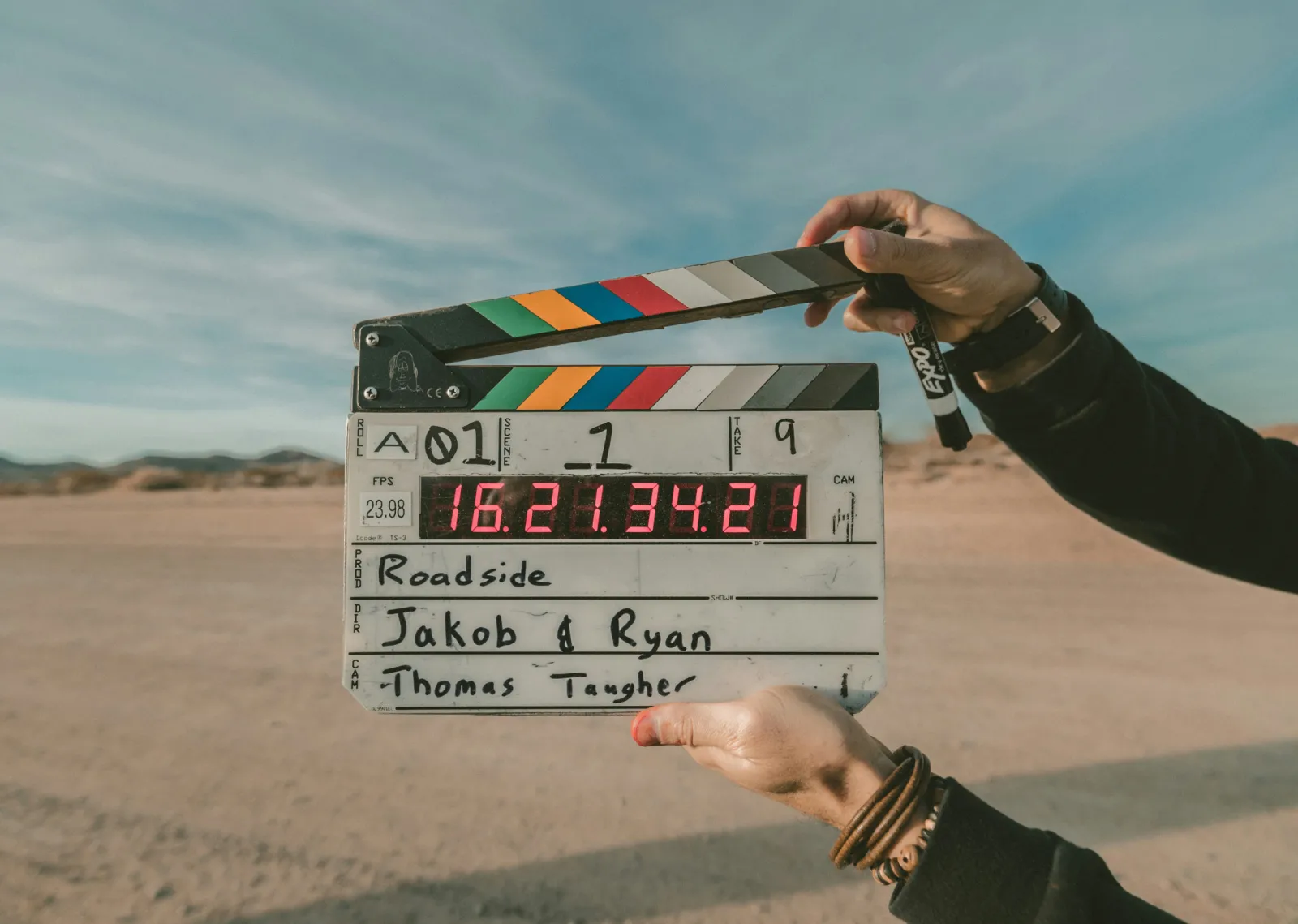Six tips for making great outdoor video content
In many ways, a video production is like one of those old school manual watches that your dad carried for decades. That’s because successful video production - and particularly, successful outdoor video production - requires many gears working in perfect harmony to keep things ticking. Creative, locations, talent, crew, gear, schedule, transport and travel are all part of a successful project. Throw the myriad aspects and challenges of the great outdoors into the pot and you’ve got yourself our favorite soup: An Origin Production.
With video becoming an ever-more critical part of brand communication within the outdoor industry, we thought it might be helpful to share some of our hard-earned and time-tested tips and tricks for managing outdoor video shoots. Whether you’re looking to produce a three-minute brand anthem, or build your TikTok presence in 20 seconds or less, these tips will help hone your outdoor video production skills, and make the most of your video content.
1. Gauge the scale of your project correctly
If you have 10 million to spend, you can do pretty much anything your heart desires, including hiring Ryan Reynolds to leap out of a helicopter, while a high-profile cinematographer you flew in from LA captures the action on an Alexa 65.
Truth is, though, sometimes you just don’t need to spend a ton of cash. Maybe you’re simply in need of a 15-second social story, or the aforementioned bit of TikTok content. No matter what you’re creating, every successful asset capture begins with identifying the actual needs of the project, and then considering them through the lens of your budget. For those of us living in the real world of tight budgets and timelines, this is where it’s very helpful to prioritize your needs. What can you let go of, and what simply has to stay? For instance, do you need specific talent, or talent that has specific abilities? Is a certain location critical to the success of the project? Do you need to record sound? Is it possible to shoot on a smaller, simpler camera or different lenses? The key is to go into your project with a realistic assessment of what’s possible, and to set yourself up for success by knowing exactly what’s a “must-have” and what’s a “want to have.” Bonus: Going through this process in advance will ensure you don’t waste time or money chasing things you ultimately can’t afford.
2. Communicate, communicate, communicate
As in relationships, communication is key to successful outdoor video production. This goes doubly if you’re working with the potential added complications of an outdoor shoot. At Origin, if a project is weather dependent (it’s hard to shoot powder when it’s raining), we put in place a respective contingency, and communicate it to everyone involved. Make sure any contracts state clearly in writing the potential costs of rescheduling, and of course, who is responsible for covering those costs. We’re often forced to work with “shoot windows”, rather than specific days, but know there is only so much wiggle room before you and your team need to know what’s going to happen when, how and where.
3. Have a plan B
It’s easy (and tempting) to find yourself waiting for all the stars to align before kicking off your shoot. But the truth is, they might never align, and the longer you wait, the greater the chances of unanticipated complications arising. We once needed a heli drop to a glacier, but had to wait weeks for one because all the heli operators were assisting the fight against badly raging wildfires. We’ve had to replan an FPV drone kayak shoot multiple times, because first the river was just an innocent creek due to lack of rain, then a heatwave caused a massive melt and the river became too wild, then the permit got changed due to sudden owl activity that the wildlife department needed to assess.
There are many rules and they are in place for good reasons. Follow them, but know nothing is ever final, so it is helpful to have a plan B in the back of your mind. But even with a plan B, know the point at which you simply must move forward or risk abandoning the project entirely. And you can take some comfort in realizing that it’s almost always going to look great even if you can’t catch that perfect blue sky you were sure you needed. That’s why you brought on a killer crew that can make magic, right? Of course, you can always ”fix it in post-production” (a little bit), too.
4. Keep it lean
Not only will your budget benefit from keeping your production as lean as possible, you’ll also find all sorts of other silver linings in simplifying your equipment and crew needs, especially when you’re shooting outdoors. For instance, our shoots often require accessing locations on foot, which is why we’re certain to communicate with every crew member about what they’re bringing and what the expectations are regarding transporting their equipment. There can be other complications, too: For example, a generator to power lights will impact the permitting process.
It’s not just equipment, because every additional crew member is one more person to coordinate logistics with, and nothing eats up time (and therefore, budget) like coordinating logistics. Finally, the leaner you are, the more flexible and efficient you become on the day, and the easier it is to make short-notice changes to your process or schedule before heading out.
5. Use your local network
We’re incredibly fortunate to be able to shoot frequently in the beautiful Sea to Sky corridor of British Columbia with people we know well and love, but whenever a project takes us further afield, we still try to connect with local talent in front of and behind the camera, and not only for budgetary reasons. Locals will have the inside scoop on everything from where we’ll find the best view, to who is best at what and how we’re trying to capture, to where we’ll find the best post-shoot brews. That said, it’s also important to find a balance between extending your network and hiring talent and crew you know you can rely on, and who you know can bring home the goods.
One more benefit to tapping into a local network: The more you hire local, the fewer accommodation and travel expenses you have and the easier it will be to reschedule if necessary without completely draining your asset capture wallet.
6. Keep your cool
With many extra layers of complication that outdoor shoots entail, we try to remind ourselves that no amount of stress will ever be enough to make those complications go away. As many times as you have to change a shooting date or look at the forecast with a frown, your stress about it will not solve the equation and only impact the rest of your team in a negative way, which might impact your results. However: Sometimes, a firm word and a sense of urgency is exactly what’s needed to move things along.
One more tip for keeping your cool (or at least not blowing your top): Don’t be afraid to ask for help and delegate tasks so you have the capacity to stay focused on exactly what you need to be focused on. The logistics of pulling off a successful outdoor shoot can be daunting even to professionals, so do yourself a favor, spread the work around and set yourself up with a great support team.
